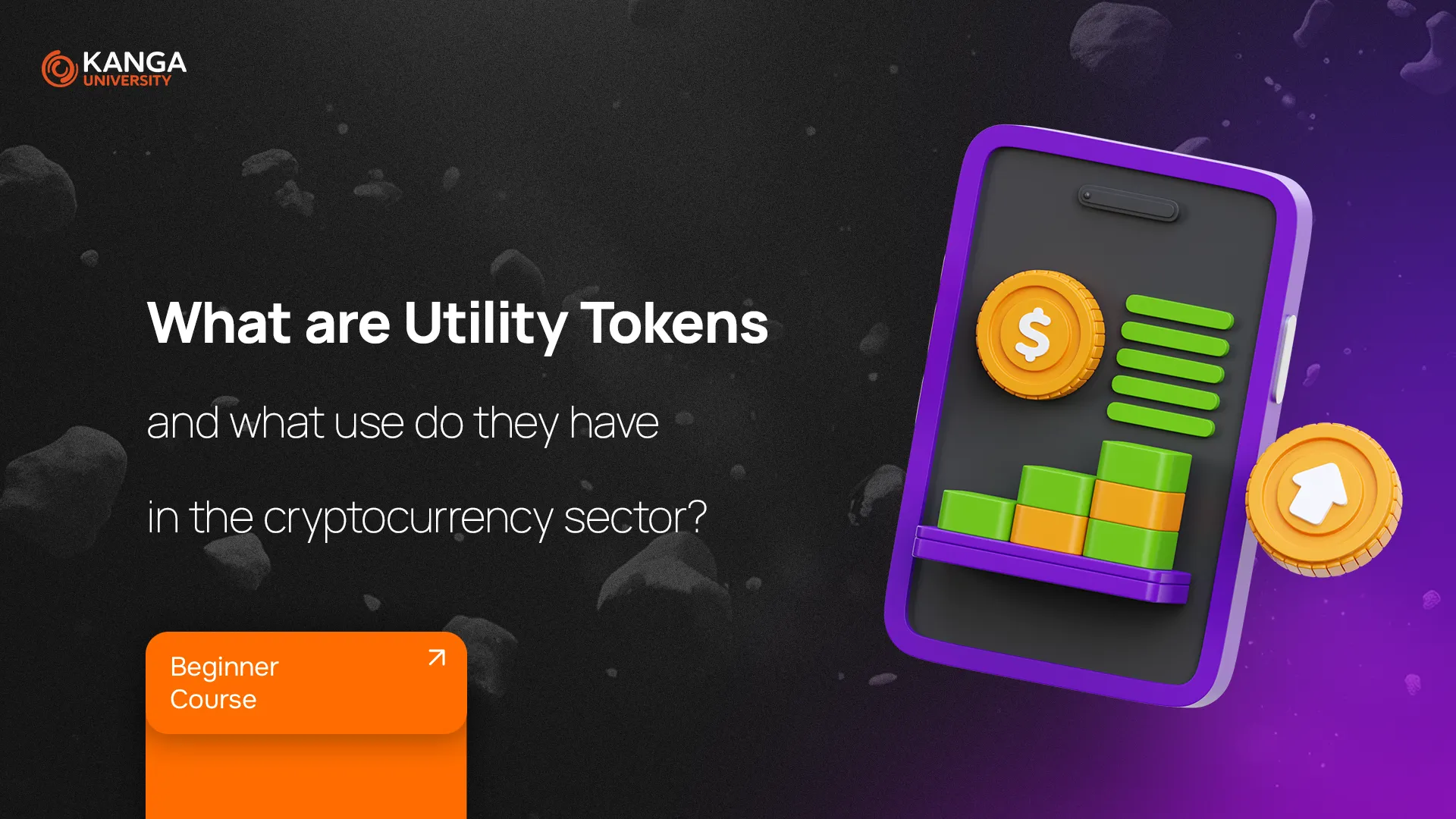
As blockchain technology and cryptocurrencies continue to gain popularity, various types of tokens have emerged, each with its unique use. One of the most important types is utility tokens. In today’s lesson, we’ll take a closer look at what utility tokens are, how they’re used, and why they are a crucial part of the cryptocurrency ecosystem. Read on to learn more!
What Are Utility Tokens?
Utility tokens are digital assets created to provide specific services or functionalities within a particular blockchain-based project or platform. In simpler terms, these tokens hold value by giving you access to certain resources or services within a specific crypto ecosystem. Unlike other tokens—such as security tokens (which represent ownership or equity) or soulbound tokens (non-transferable assets)—utility tokens serve a functional purpose.
One key difference between utility tokens and other cryptocurrencies is that they cannot be mined. All utility tokens are created at once and then distributed according to the project’s rules. They are often used to raise funds for developing a project and to build the internal economy of a platform.
Key Characteristics of Utility Tokens
Utility tokens stand out for several reasons:
-
Functionality:
They enable access to specific services or functions within a blockchain platform or project. For instance, they can be used for voting, accessing premium content, purchasing products, or engaging in various activities within the ecosystem. -
Non-ownership of underlying assets:
Utility tokens do not represent shares in a company or the right to a portion of the profits. -
Project-specific use:
Each utility token is usually designed for a particular project, meaning its use is limited to that ecosystem.
Examples of Utility Token Use Cases
Utility tokens play a critical role in the blockchain ecosystem and have diverse applications, including:
-
Voting and Governance:
In decentralized autonomous organizations (DAOs), utility tokens allow holders to vote on protocol changes, fund allocations, and the project’s future direction. -
Access to services and platforms:
Many blockchain platforms require users to hold a specific utility token to access services, such as subscriptions to decentralized applications (dApps), premium content, participation in Web3-based games, or the use of tools in decentralized finance (DeFi). -
Asset tokenization:
Some utility tokens represent real-world assets—like real estate, art, or investment funds—enabling investors to buy shares of valuable assets without needing intermediaries. -
Resource delegation:
Certain projects allow users to share their resources (e.g., computing power, storage space, or internet bandwidth) in exchange for utility token rewards. This is the basis for decentralized computing networks like Render Network or Filecoin. -
Rewards and loyalty programs:
Utility tokens are often used to incentivize user activity. They can be earned through staking, using the platform, or referring new users.
The value of utility tokens comes from the functionality they offer and the demand for their use within the ecosystems that support them.
Examples of Utility Tokens
There are many well-known utility tokens that play key roles in various projects:
-
Basic Attention Token (BAT):
Used in the Brave browser ecosystem, BAT rewards content creators and compensates users for viewing ads. -
Chainlink (LINK):
The utility token of the Chainlink platform, which rewards node operators for supplying external data to smart contracts via oracles. -
Cardano (ADA):
The native token of the Cardano network, used for transaction fees and staking within its Proof of Stake system. -
Decentraland (MANA):
The main currency in Decentraland, one of the largest metaverse platforms, allowing users to buy virtual real estate, items, and participate in digital events. -
Binance Coin (BNB):
The utility token of the Binance exchange, used for paying transaction fees and participating in Binance Launchpad projects. -
VeChain (VET):
Used within the VeChain ecosystem for supply chain management and verifying the authenticity of products.
Challenges Facing Utility Tokens
While utility tokens offer many advantages, they also face several challenges:
-
Regulatory risks:
They may face government crackdowns and, in some cases, be classified as securities, which could hinder their functionality. -
Fraud risks:
There have been instances of “rug pulls,” where project creators conduct an ICO to raise funds and then disappear, damaging trust in utility tokens. -
High transaction fees:
Many utility tokens are built on the Ethereum blockchain, which can lead to high gas fees. -
Speculative nature:
Utility tokens are often subject to speculation, which can affect their price stability. -
Project dependency:
Their success is closely tied to the success of the project they belong to. If the project fails, the tokens lose their value and become useless.
Summary
Utility tokens are a crucial part of the cryptocurrency ecosystem, providing access to various services, functionalities, and assets within blockchain-based projects. Their unique applications help create internal economies and fund project development. However, their value and utility are deeply tied to the success of the underlying project, and they face challenges such as regulatory risks, fraud, high transaction fees, speculation, and project dependency. Before investing in utility tokens, it’s essential to thoroughly research the project and its growth prospects.